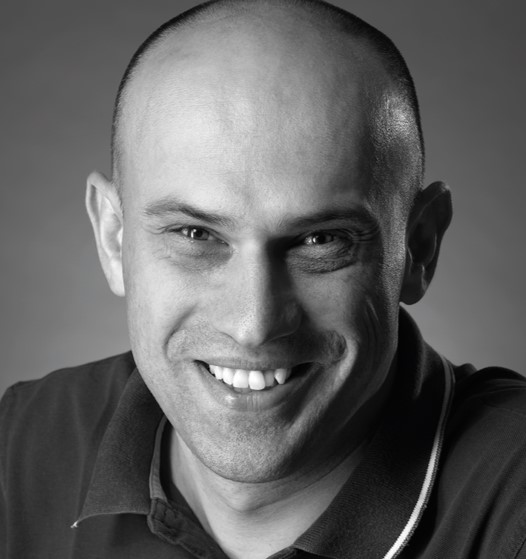As you probably all know, a new NetEye version is released every two months. For this reason I’d like to emphasize that we recommend regular updating of your NetEye system.
In particular with version 4.23 we released a major update of the operating system from CentOS 7 to RedHat 8.
Since we’re doing a lot of related updates at the moment, I’d like to use this article to tell you something about my experience of these updates so far.
The most important thing about the whole update procedure is the correct and complete preparation of the system before you actually start the process. You need to take the following points into account:
- The NetEye system must have the necessary amount of free hard disk space.
- The NetEye system must be able to access the websites and repositories needed. If proxies are used, access to the necessary websites should be established before you begin.
- The NetEye system must be cleanly updated to the latest version 4.22, with no duplicate packages installed and no unfinished yum transactions running.
- No network based file systems such as nfs, glusterfs, etc. should be actively mounted, nor should they be mounted when the system is restarted. All these filesystems must be removed from the /etc/fstab file and from automount mechanisms.
- In the case of virtual NetEye systems, you have to first check whether they are running with the VMware paravirtual drivers. Since this is no longer supported, this setting must be changed before the upgrade process begins.
Once all of these points have been checked and any corrections completed, the upgrade process can begin.
Since various checks for update compatibility run during the upgrade process, there are usually a wide variety of adjustment requirements that have to be manually solved one by one. Examples of this would be the removal of additionally installed packages that RedHat 8 cannot update, or are no longer supported. After all requirements have been resolved, the upgrade processes will run to completion and then require a system restart.
After all upgrade processes have been successfully completed, the removed packages, if they exist for RedHat 8, must be reinstalled or checks modified. It often happens that Python or Perl checks have to be rewritten.
So this was a short description of what I do and experience when upgrading in the best case. Of course, I’ve also seen special cases, where solving a problem that crops up could have been very time-consuming. But based on the experience we have now gained, the number of special cases is pretty close to zero, since we carry out and monitor the preparations for the upgrade very carefully.
As you can easily see, this upgrade process must be carried out by a Würth Phoenix employee either in order to avoid any difficulties or to be able to rectify them immediately if they do occur.
Finally, I recommend that every NetEye customer plan their upgrade to version 4.23 along with its updates that have already been released as soon as possible, so that they can take advantage of all future updates and new features.
These Solutions are Engineered by Humans
Did you find this article interesting? Does it match your skill set? Our customers often present us with problems that need customized solutions. In fact, we’re currently hiring for roles just like this and others here at Würth Phoenix.







